Picasso: the Sacred and the Profane, an exhibition curated by Paloma Alarcó and presented in rooms 53 to 55 of the Museo Nacional Thyssen-Bornemisza’s first floor, brings to a close the museum’s series of projects in connection with the Picasso Celebration 1973/2023. The show’s suggested discourse aims at exploring the boldness and originality with which the artist approached both the classical world and the themes of the Judeo-Christian tradition, revealing his ability to integrate elements and issues from earlier art and to reflect on the ultimate essence of painting. Intuiting that artistic expression had taken on sacred dimensions from the beginning of time, Picasso combined the divine and the human in the broadest and deepest sense in his work. When looking at the art of the past, he reveals new ways of interpreting history, and in his clear-sightedness continues to give us fundamental clues regarding the uncertainties of the contemporary world.
For Picasso, art was a means of exorcising both his own fears and the challenges facing humanity. He considered himself to be a kind of shaman, endowed with a supernatural power that gave him the ability to metamorphose the visible world. In that belief, and surrounded by a whole world of magical references, Picasso played the role of intercessor between peoples and civilisations, between art and the spectator, through a subject matter in which the sacred is barely distinguished from the profane.
The exhibition brings together a total of 38 works, 22 of them by Picasso. In addition to the eight exhibits from the Thyssen collections, there are several loans from the Musée national Picasso-Paris and other collectors and institutions, as well as paintings by El Greco, Rubens, Zurbarán, Van der Hamen, Delacroix, a sculpture by Pedro de Mena and some engravings by Goya. Spanning three decades of the artist’s production and centred on three thematic plots, the show establishes a dialogue that highlights the uniqueness and paradoxes of Picasso’s art, his personal reinterpretation of the themes and genres of the Spanish and European artistic tradition and the way in which both pagan and Christian myths and rites merge in many of his creations, especially when addressing the more universal issues of life, death, sex, violence and pain. Iconophagy deals with the appropriation of certain aspects of the past through the contemplation of works in museums or the photographic reproductions that Picasso compulsively collected; Personal Labyrinth focuses on the narration of his personal obsessions through the reworking of classical myths and epics; and Sacred and Profane Rites delves into his approach to pagan rites and the legacy of the sacramental through different Christian allegories and cosmologies.
Images
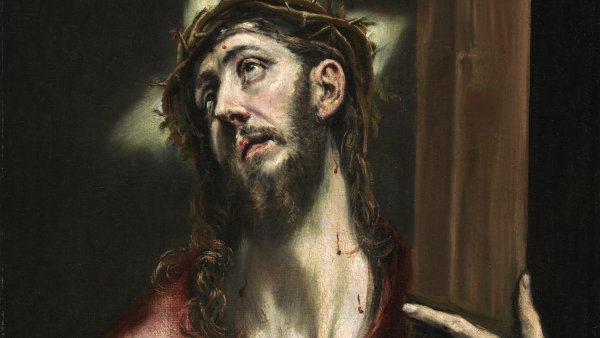
El Greco
Christ with the Cross, ca. 1587-1596
Oil on canvas. 66 x 52,5 cm. Museo Nacional Thyssen-Bornemisza
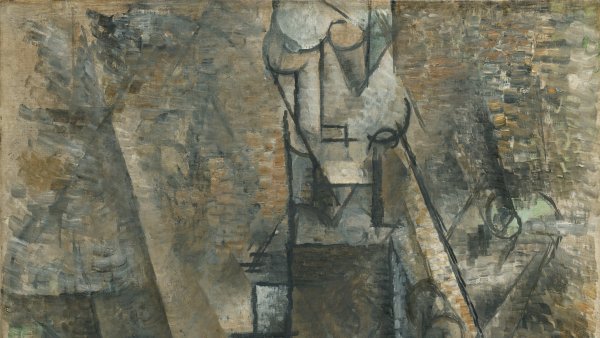
Pablo Picasso
Man with a Clarinet, Paris, winter of 1911-1912
Oil on canvas. 106 x 69 cm. Museo Nacional Thyssen-Bornemisza. © Sucesión Pablo Picasso, VEGAP, Madrid
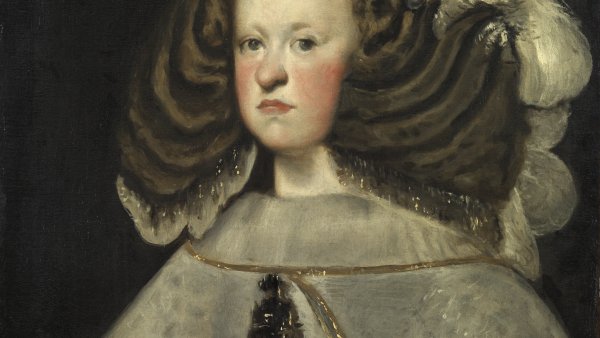
Diego Velázquez (?)
Portrait of Mariana of Austria, Queen of Spain, 1655-1657
Oil on canvas, 66 x 56 cm. Museo Nacional Thyssen-Bornemisza, Madrid
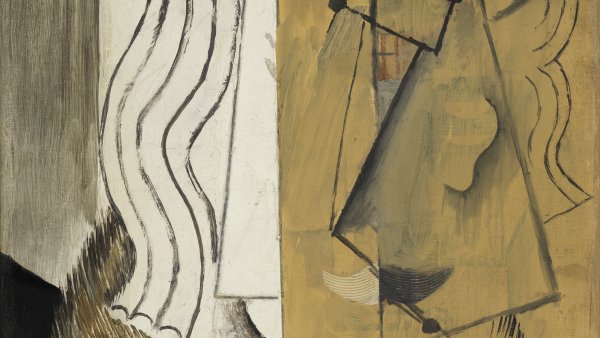
Pablo Picasso
Head of a Man, Paris, end of 1913
Oil on canvas, 65 x 46 cm. Museo Nacional Thyssen-Bornemisza, Madrid © Sucesión Pablo Picasso, VEGAP, Madrid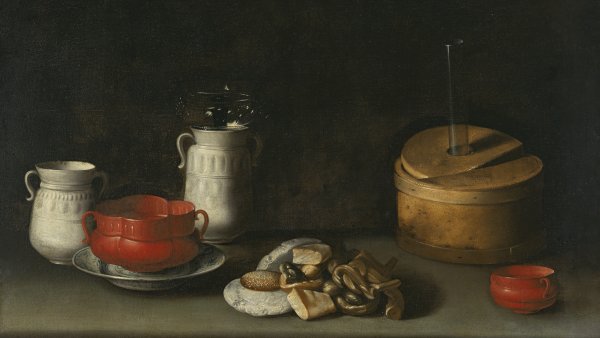
Juan van der Hamen y León
Still Life with Porcelain and Sweets, ca. 1627
Oil on canvas. 77 x 80 cm. Museo Nacional Thyssen-Bornemisza
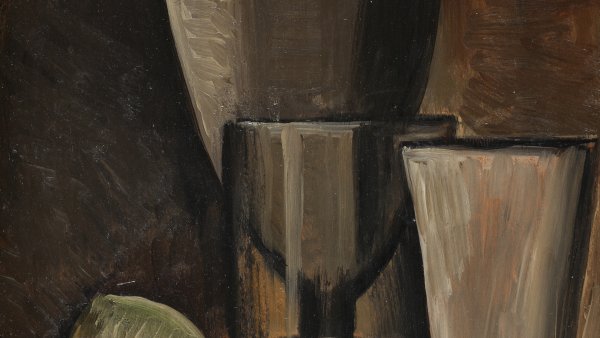
Pablo Picasso
Glasses and Fruit, Paris, Autumn, 1908
Oil on panel. 27 x 21,6 cm. Museo Nacional Thyssen-Bornemisza. © Sucesión Pablo Picasso, VEGAP, Madrid
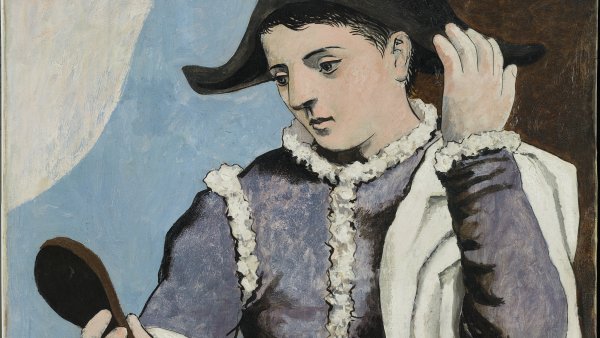
Pablo Picasso
Harlequin with a Mirror, Paris, Autumn, 1923
Oil on canvas, 100 x 81 cm. Museo Nacional Thyssen-Bornemisza, Madrid © Sucesión Pablo Picasso, VEGAP, Madrid
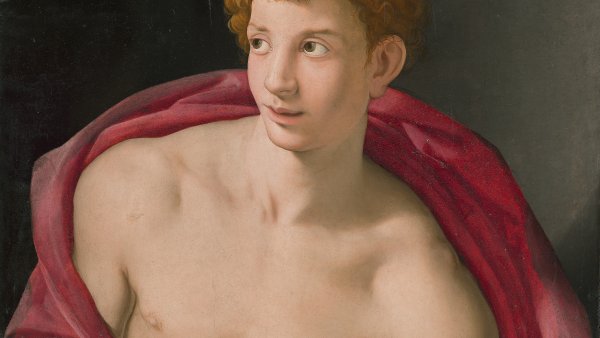
Agnolo Bronzino
Portrait of a young Man as Saint Sebastian, ca. 1533
Oil on panel. 87 x 76.5 cm. Museo Nacional Thyssen-Bornemisza, Madrid
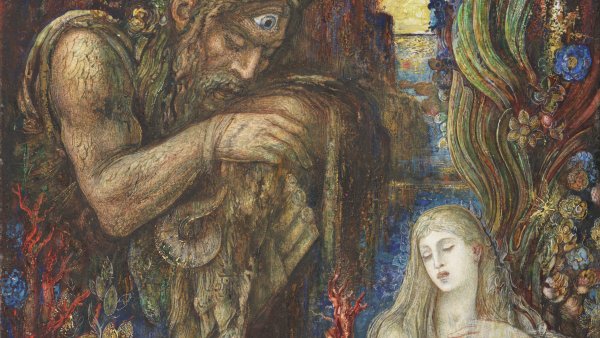
Gustave Moreau
Galatea, ca. 1896
Ink, tempera, gouache and watercolour on cardboard. 37.9 x 27 cm. Museo Nacional Thyssen-Bornemisza, Madrid
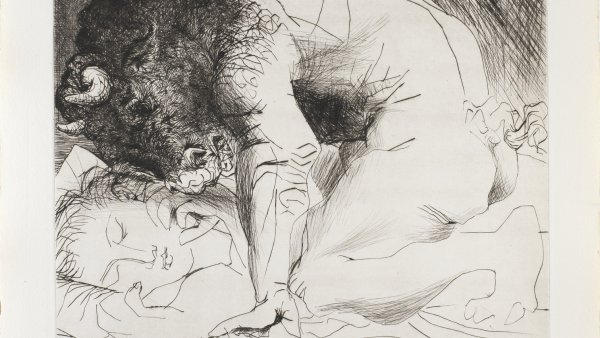
Pablo Picasso
Minotaur Caressing a Sleeping Woman (Suite Vollard, plate 93), Boisgeloup, 18 June 1933
Aguafuerte sobre papel verjurado, 29.5 x 36.5 cm. Colecciones Fundación MAPFRE © Sucesión Pablo Picasso, VEGAP, Madrid
N
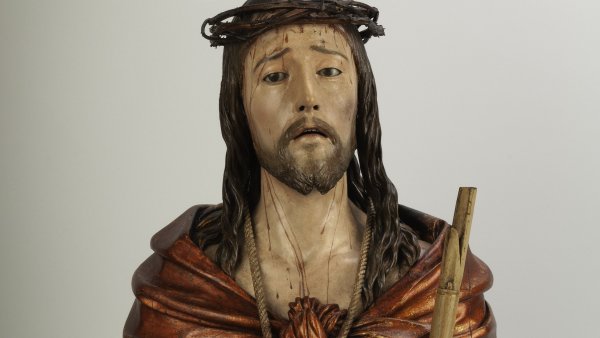
Pedro de Mena
Ecce Homo, ca. 1679
Madera policromada, 74 x 43.5 x 41 cm. Museo Nacional de Escultura, Valladolid

Pablo Picasso
Mademoiselle Léonie (Study), 1910
Crayón y tinta china sobre papel, 64.3 x 49.5 cm. Colecciones Fundación MAPFRE © Sucesión Pablo Picasso, VEGAP, Madrid
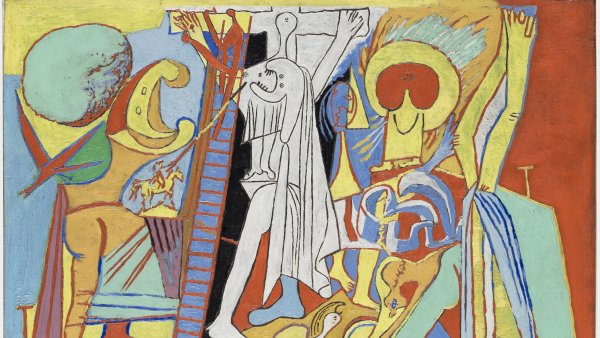
Pablo Picasso
The Crucifixion, Paris, 7 February 1930
Óleo sobre contrachapado, 51,5 x 66,5 cm. Musée national Picasso-Paris, dación Pablo Picasso, 1979 © Sucesión Pablo Picasso, VEGAP, Madrid
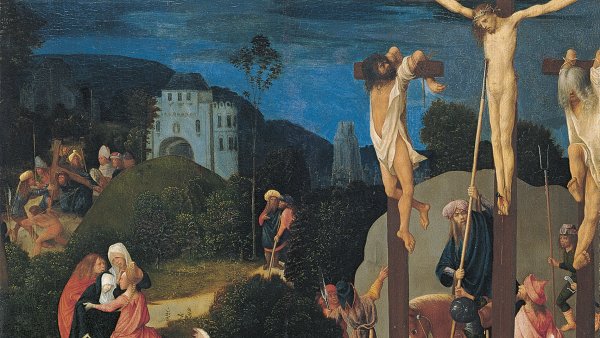
Master of the Virgo inter Virgines
The Crucifixion, ca. 1487
Oil on panel, 78 x 58.5 cm Museo Nacional Thyssen-Bornemisza, Madrid
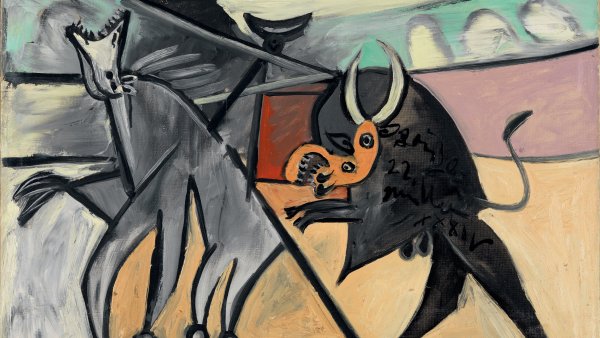
Pablo Picasso
Bullfight, Boisgeloup, 22 July 1934
Oil on canvas. 74 x 53 cm. Museo Nacional Thyssen-Bornemisza. © Sucesión Pablo Picasso, VEGAP, Madrid
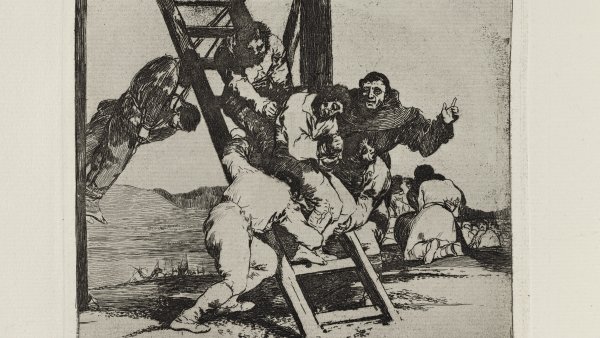
Francisco de Goya
It's a Hard Step! (Disasters of War, plate 14), ca. 1810-1814
Aguafuerte, aguatinta bruñida, punta seca y buril sobre papel, 14.3 x 16.8 cm. Colecciones Fundación MAPFRE